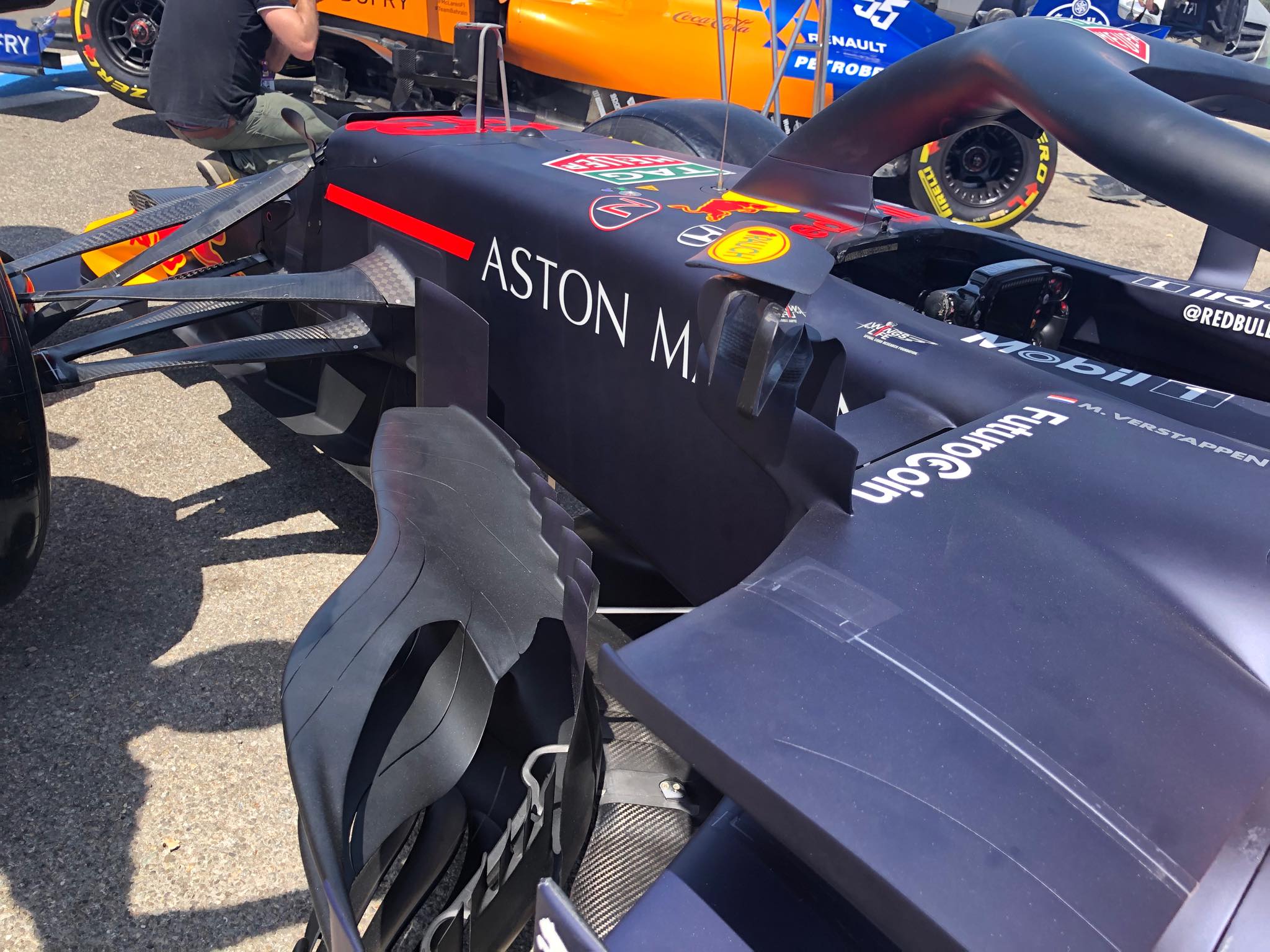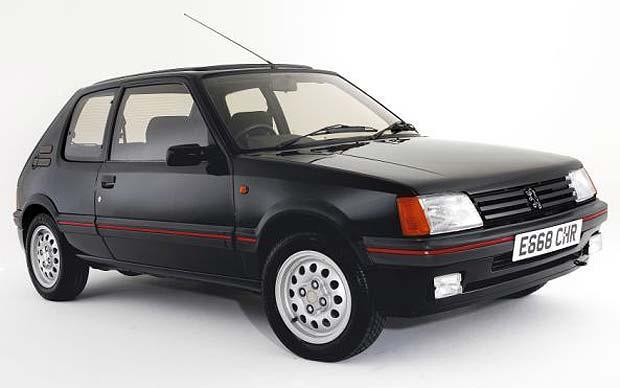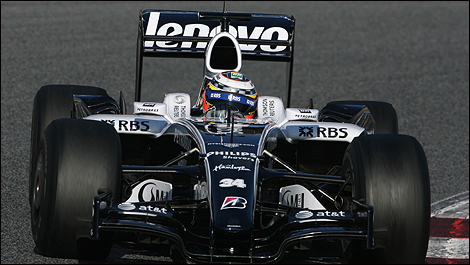Your examples are road cars without downforce, they also, I'm going to guess, don't regularly corner at significant 3-figure speeds. You absolutely don't want oversteer when you're turning in to a corner at 150mph. F1 cars have so much grunt that they can induce oversteer with the throttle in slow/medium speed corners so you don't need to make the car inherently oversteer-biased. A slightly understeering - and by this I mean a car that for most would be too pointy but for a top driver is just understeering - is preferable because it allows the driver to push and to play with the back end if he wants to. Left foot braking allows the driver to change the balance dynamically too, as I understand it.
I've seen quotes from Hamilton saying he prefers a bit of understeer. He got a bit of a reputation for liking a mobile rear end in his early days, but that was just down to how he was getting the car to do what he wanted it to do. He could handle it but it wasn't his preference.
Vettel seems to want a responsive front end initially but then a rear that is absolutely planted on exit. That's why he was so good in the blown diffuser days - going on the throttle helped the rear to grip through additonal downforce and fitted his preferred style (Webber was quicker than Vettel until the blown diffuser, remember). That doesn't sound like someone who wants oversteer.










